In the intricate world of automotive engineering, cam phasers stand out as a pivotal component that significantly influences engine performance․ Their ability to optimize valve timing has transformed modern engines, making them more efficient, powerful, and environmentally friendly․ In this article, we delve deep into what cam phasers are, how they function, and their critical role in enhancing engine performance․
What are Cam Phasers?
Cam phasers are mechanical devices that adjust the timing of the camshaft in relation to the crankshaft․ This adjustment is vital because it allows the engine to optimize the opening and closing of the intake and exhaust valves at various engine speeds and loads․ By controlling the timing of these valves, cam phasers can enhance performance, improve fuel efficiency, and reduce emissions․
How Do Cam Phasers Work?
At the core of a cam phaser’s operation is the concept of variable valve timing (VVT)․ VVT systems utilize hydraulic pressure to alter the position of the camshaft, effectively changing the timing of valve events․ Here’s a simplified breakdown of the process:
- Engine Control Unit (ECU): The ECU monitors various engine parameters, including speed, load, and temperature․
- Hydraulic Actuation: Based on the data from the ECU, the hydraulic system applies pressure to the cam phaser, rotating it to adjust valve timing․
- Optimal Timing: This adjustment allows for better performance at different RPMs, enhancing throttle response and power delivery․
The Benefits of Cam Phasers
Cam phasers offer a multitude of benefits that contribute to improved engine performance:
- Enhanced Power Output: By optimizing valve timing, cam phasers can increase horsepower and torque, especially at higher RPMs․
- Improved Fuel Efficiency: With better valve control, engines can operate more efficiently, leading to reduced fuel consumption․
- Lower Emissions: By ensuring complete combustion, cam phasers help in minimizing harmful emissions, making vehicles compliant with stringent environmental regulations․
- Smoother Operation: The ability to adjust valve timing can lead to a smoother engine operation, reducing vibrations and enhancing the driving experience․
Challenges and Considerations
While cam phasers provide numerous advantages, they are not without their challenges․ Issues such as timing chain wear, hydraulic leaks, and sensor failures can affect their performance․ Regular maintenance and diagnostics are essential to ensure that the VVT system functions correctly․
With continuous advancements in technology, the next generation of cam phasers promises even greater efficiency and performance, making them an exciting area to watch in the automotive industry․

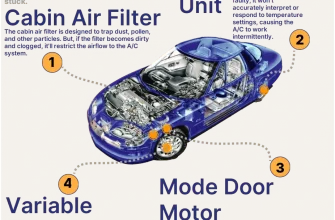
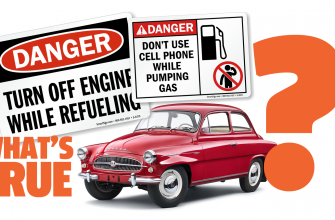
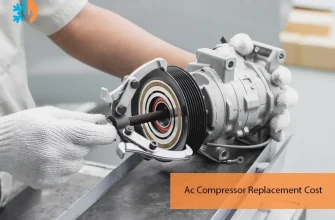


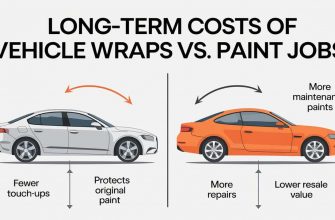
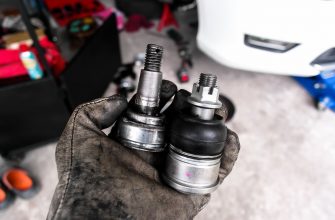

This article provides a clear and insightful explanation of cam phasers and their importance in modern engines. Great read!
The benefits of cam phasers are well articulated in this article. I
Great job detailing the relationship between the ECU and cam phasers! It’s amazing how they work together for optimal engine function.
I never realized how much cam phasers contribute to engine efficiency. This piece opened my eyes to automotive engineering!
This is a must-read for anyone interested in automotive technology. The role of cam phasers is crucial, and this article explains it perfectly.
I appreciate the thorough research that went into this article. Cam phasers are truly game-changers in engine design.
I loved learning about variable valve timing systems through this article. It
Fantastic breakdown of how cam phasers work! The simplified explanation made it easy to understand the mechanics involved.
An excellent overview of an often-overlooked component in engines. Cam phasers really do enhance our driving experience!